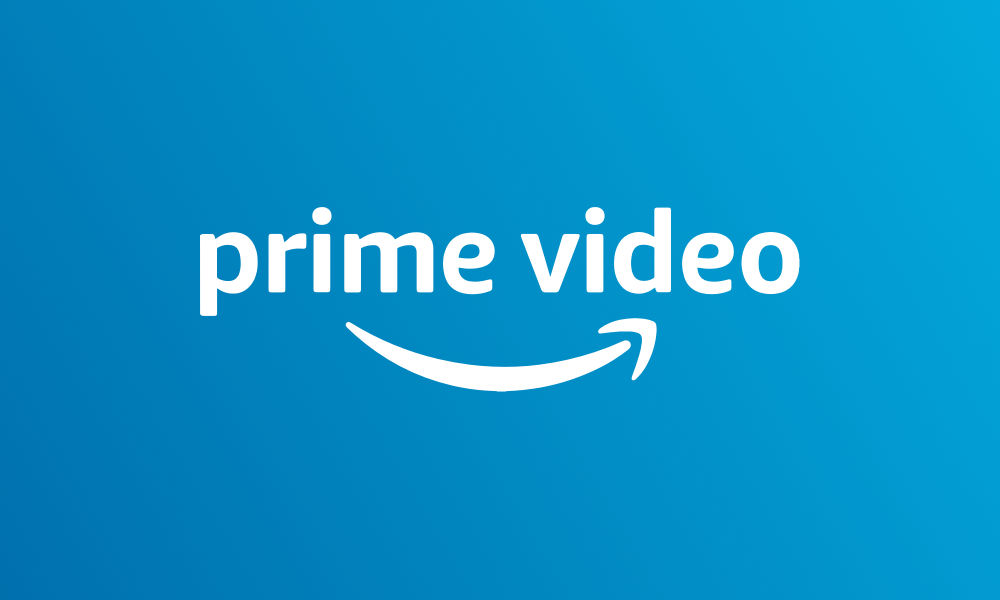
After more than 40 years of operation, DTVE is closing its doors and our website will no longer be updated daily. Thank you for all of your support.
Amazon: The Prime Video Playbook
 Amazon has entered the new year with a round of job cuts across its film and TV operations – MGM and Prime Video – with the company being the latest of the streaming giants to bear the brunt of the current struggling online video market.
Amazon has entered the new year with a round of job cuts across its film and TV operations – MGM and Prime Video – with the company being the latest of the streaming giants to bear the brunt of the current struggling online video market.
This week the media and retail powerhouse Amazon announced its MGM Studios and Prime Video operations will face a series of job cuts, with the loss of hundreds of roles. The employee redundancies at the company are the first of this year but comes following previous staff cutbacks across Amazon Studios and Prime Video last spring. The move according to Mike Hopkins, SVP at MGM Studios and Prime Video, comes as part of the company’s claims to “prioritise our investments for the long-term success of our business,” as the “industry continues to evolve quickly”.
The decision to axe several hundred jobs across Amazon’s video operations could point to the wider issue of an overcrowded market amidst a global economic crisis. But Amazon has also been looking to diversify its revenues and play to its strengths as a global retail powerhouse.
In this context a key area of focus for investment has been Amazon’s advertising business. Last week, Prime Video followed streaming rivals Netflix and Disney with the introduction of the advertisements across it content.
“Retail media—which can simply be defined as the use of retailers’ digital properties to serve advertising—is a rapidly growing part of the digital advertising market. It has also emerged as a key way for retailers to increase their profitability – especially important during times of economic difficulty. Amazon has led the charge here in most major global markets (with the notable exception of China), primarily through advertising on its core ecommerce website and app,” says Omdia’s principal analyst of media and entertainment, Matthew Bailey.
“However, Amazon and other retailers are now looking to expand their reach and advertiser bases beyond their marketplaces and the sellers that operate within them and capture broader brand advertising budgets. This is driving retail media up the marketing funnel to other media and consumer touchpoints, such as third-party publisher sites and, crucially, TV and video.”
The company said Prime Video’s film and TV content will include limited advertisements in the UK and Germany starting February 5, following the upcoming launch in the US at the end of this month. Live event programming such as sports, where Amazon already carries ads, will continue to include advertising in the premium version. However, unlike the two other streamers Prime Video’s ad-supported plan will be priced the same price as its current ad-free subscription, with an Ad Free offering for an additional fee of £2.99/$2.99 per month.
Bailey adds: “The launch of a default ad-supported tier will be critical to Amazon’s attempts to maximize monetization of its Prime Video service – the primary function of which has been, for many years, to serve as an add-on to Amazon’s broader Prime ecommerce operations rather than a dedicated profit driver. However, it seems that a less favorable economic environment, coupled with rising TV and video content costs, have led to Amazon changing its approach to the service. Yet it’s also worth noting that Amazon’s advertising business is also becoming a much greater priority for the company, and an ad-supported Amazon Prime will become an important component of this. This will especially be the case as other players in the TV and video space – such as Disney and Paramount – also continue to move further into shoppable video advertising.”
On top of this, its move into the live sports has propelled the streaming service into an area where it has an advantage over Netflix, and pitches it against Disney in the US. Its Thursday Night Football offering in partnership with the NFL which launched on Prime Video in 2022 has delivered good results for the company only in its second run. According to data collected by market research firm Nielsen, during Prime Video’s TNF coverage in 2023, it drew a 24% increase in total viewers, attracting a total audience of 11.86 million in the US.
Despite minor setbacks and operating under the pressures of the cost-of-living crisis, if all goes well with Amazon’s streaming strategy, the future of Prime Video still looks bright, with forecasts to become the second largest SVOD platform by 2029, reaching 296 million subscribers in the next six years.


